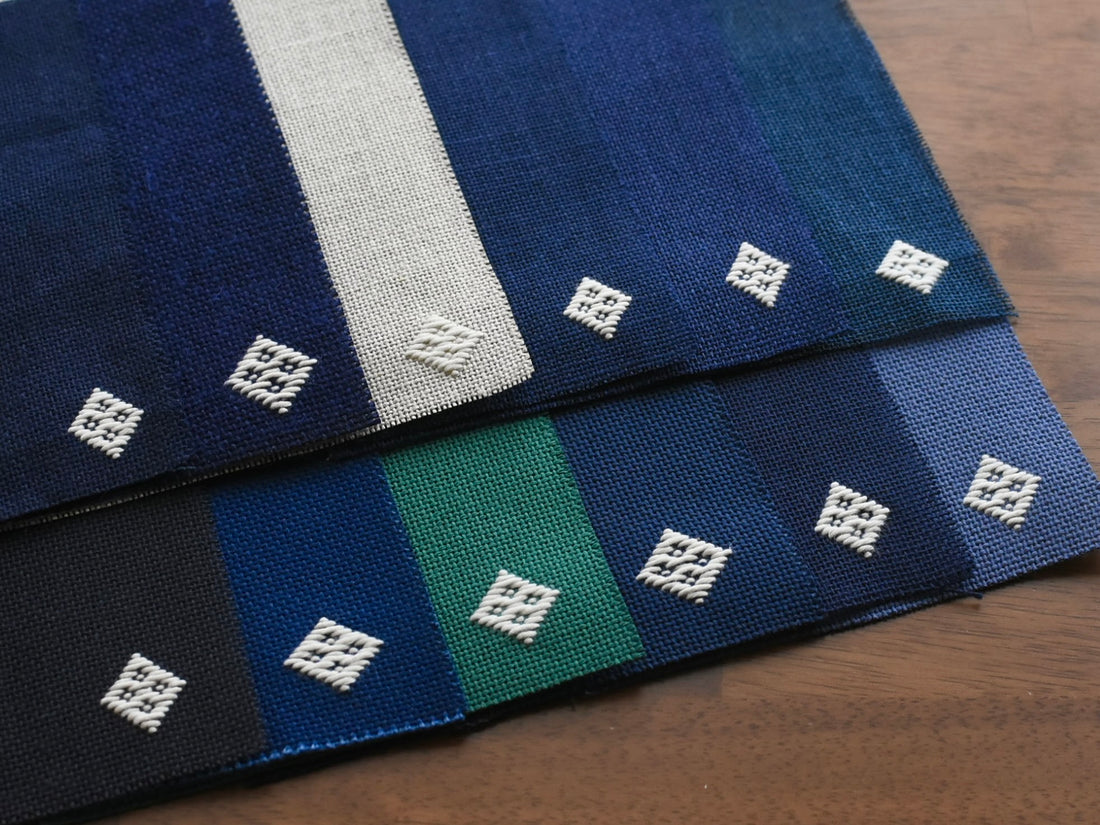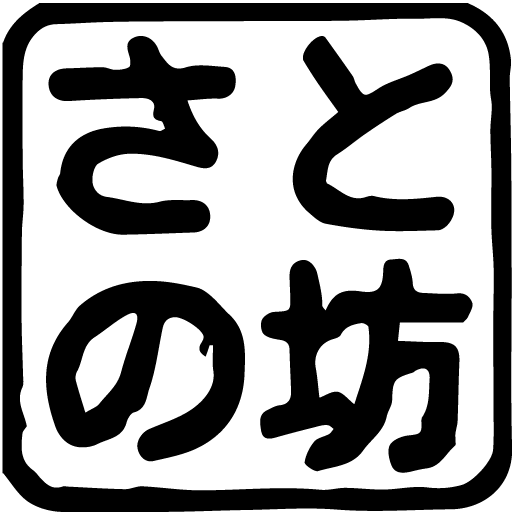
Understanding cloth and thread 6 (how patterns look)
◆Learning about cloth and thread 6 (how patterns look)
In the previous article, Knowing Cloth and Thread 5 , we introduced the weaving threads of cloth.As a sequel to Knowing Cloth and Thread 4 , we focused on Zweigart's cotton and linen cloth, and what are the differences between them, and how can they be embroidered? The content was about imagining what kind of impact it would have on one's mood. Now that we have realized how interesting it is to learn about weaving threads, today we will take a step back and return to the fabric as a whole, which is the subject of this material research.

In Understanding Cloth and Thread 2 , we looked at the number of stitches in each type of cloth, and looked into the weaving threads of cloth that has equal proportions in length and breadth, and cloth that is lengthwise and long. The number of stitches per 1cm square for each cloth is as shown in the photo above. (Some research with Sato) If you embroidery the same pattern on cloth with the same number of stitches, it seems like it will be the same diamond shape, but what does it actually look like? I used unbleached kogin thread from Shimaya in Hirosaki City.

Hemp 252, Daruma, and Dwell have the same number of stitches, but when you actually look at them, Dwell looks more pointed. There is such a difference in just one pattern, so the larger the piece, the greater the difference in impression. The lower row, New Congress, Perry Pull, and Koginbank have the same number, but what do you think? It seems like the cloth has its own personality.
Even though the number of stitches per 1 cm square is the same, this difference appears because the standard units used by manufacturers to determine the number of threads are different. It's really interesting that you won't know until you try it .
We investigated weaving threads in Chapter 4, Understanding Cloths and Threads , but even if the fabrics have the same number of stitches, the characteristics of the weaving threads of the fabrics are different, so it is assumed that the holes in the fabric through which the threads pass will have different sizes. I did. In fact, if you look closely at the tightness and freedom of the threads in the photo below, you can see that even fabrics with the same number of stitches have different hole sizes.

(If you do Koginzashi on Fancy Hessian, it will move smoothly and feel good.)

(You can feel the difference in the thickness of the thread between Kensen and Lucien)
After this, we plan to carefully investigate the characteristics of each fabric. Please continue to work with us.
◆Regarding the survey content
This information is for those who enjoy Koginzashi on their own, and was researched by Satonobo using materials he kept at home. Please note that depending on the storage environment, there may be a discrepancy in the count or weight of the fabric you have. Also, unauthorized use of photos is prohibited. I hope you have a fun Kogin time.
Satonobou
